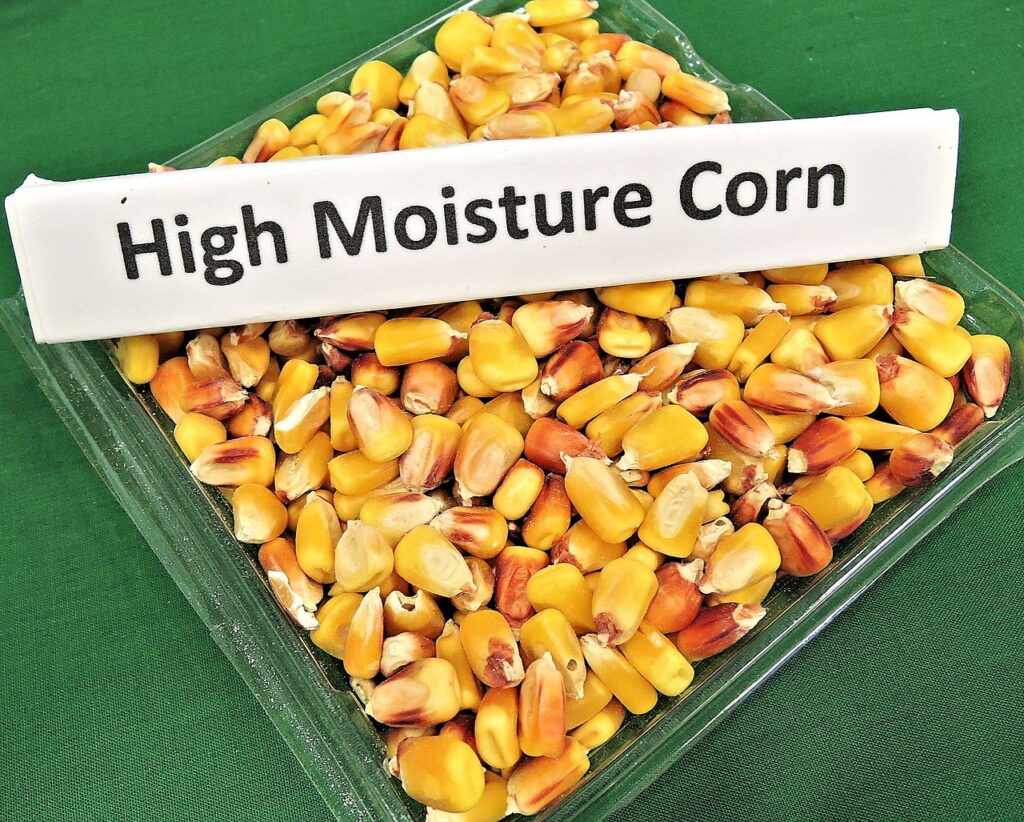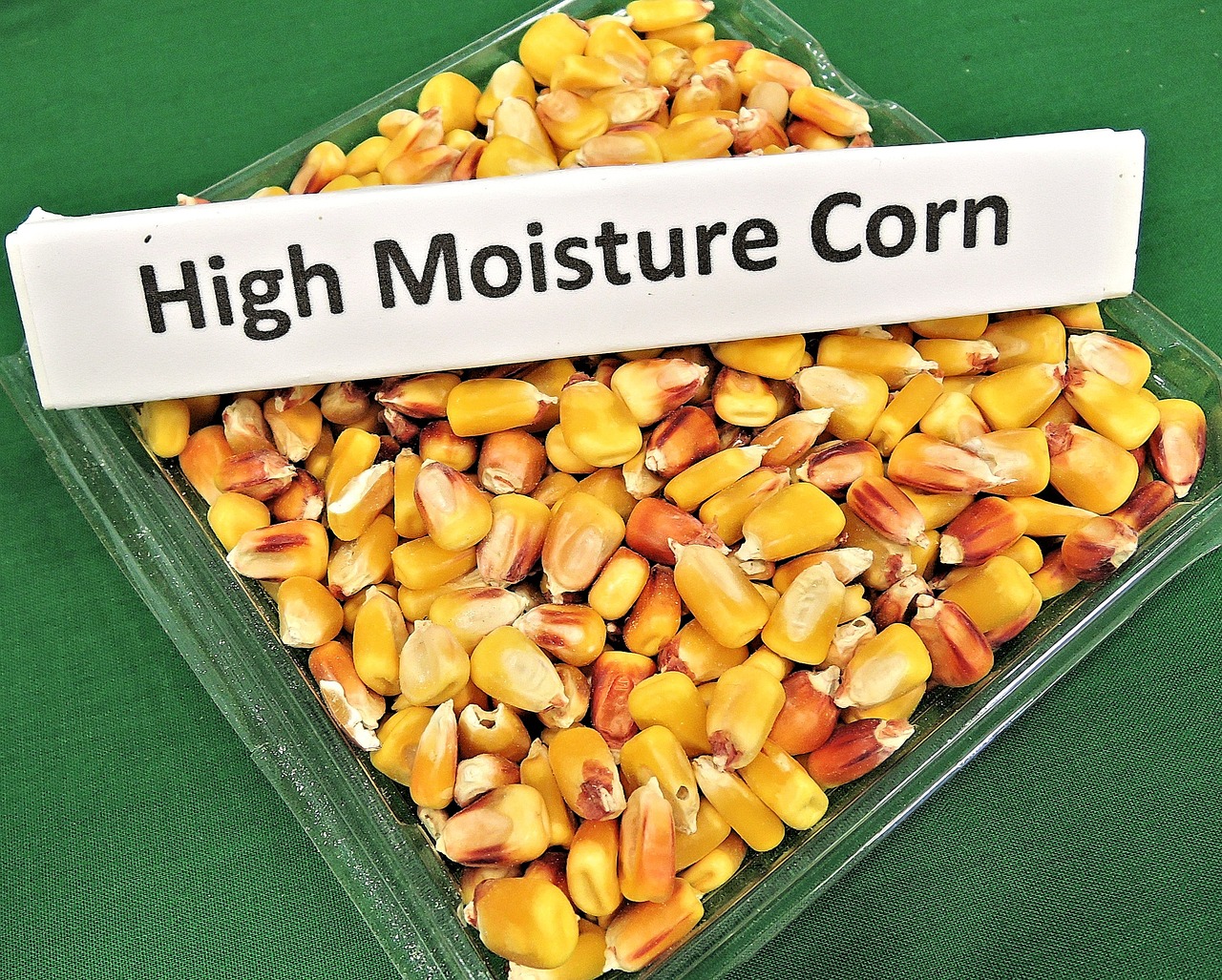Harvesting high-moisture corn (HMC) requires careful planning, precise timing, and the right techniques to ensure optimal yield and quality. With the increasing demand for high-moisture corn in livestock feed and ethanol production, farmers need to understand the best practices for harvesting this crop. This comprehensive guide aims to provide a step-by-step explanation of the techniques, considerations, and equipment necessary to harvest high-moisture corn successfully.
I. Understanding High Moisture Corn (HMC):
High moisture corn refers to corn harvested at moisture levels higher than traditional grain corn. It typically contains moisture levels between 22% to 32%, making it unsuitable for long-term storage without proper drying. However, when harvested and stored correctly, high-moisture corn offers benefits such as increased feed value and improved fermentation for ethanol production.
II. Determining the Optimal Harvest Moisture Level:
To determine the optimal moisture level for harvesting high-moisture corn, consider factors such as the corn variety, field conditions, and intended use. Harvesting too early may result in low yields and reduced quality while waiting too long can lead to high dry-down costs. Utilize corn moisture testers or handheld devices to accurately measure the moisture content of the corn.
III. Harvesting Equipment and Preparation:

- Combine Harvester:
- Ensure the combine harvester is properly maintained and calibrated.
- Adjust the combine settings to accommodate high moisture corn, including rotor speed, concave clearance, and fan speed.
- Install snouts and gathering chains suitable for high-moisture corn to minimize losses.
- Picker Harvester:
- Ensure the picker harvester is in good working condition.
- Adjust the row spacing and picker speed for optimal performance.
- Inspect and adjust snapping rolls and husking beds to minimize kernel damage and cob loss.
IV. Harvesting Techniques for High Moisture Corn:
- Timing and Field Conditions:
- Monitor the moisture content of the corn throughout its growth stages.
- Harvest high-moisture corn when it reaches the desired moisture level for the intended use.
- Assess field conditions, including soil moisture, crop health, and weather forecasts.
- Consider adjusting the harvest order to optimize drying conditions.
- Combining High Moisture Corn:
- Set the combine header height to minimize stalk and cob loss.
- Adjust the combine’s threshing and separating components for optimum kernel retention.
- Use additional grain handling equipment, such as grain carts, to transfer corn from the combine to drying/storage facilities quickly.
- Picking High Moisture Corn:
- Set the picker harvester to the appropriate snapping roll speed and clearance.
- Adjust the husking bed and gathering chains for optimal husking and cob retention.
- Regularly check and adjust the machine to avoid kernel damage and cob loss.
V. Post-Harvest Handling and Drying:
- Immediate Cooling and Aeration:
- Transfer harvested high-moisture corn to storage facilities promptly.
- Utilize aeration systems to cool the corn and prevent spoilage.
- Monitor temperature and moisture levels regularly.
- Drying High Moisture Corn:
- Implement drying methods such as in-bin drying or high-temperature dryers.
- Follow manufacturer recommendations for drying equipment settings.
- Monitor moisture levels during the drying process and adjust as necessary.
VI. Storage and Preservation of High Moisture Corn:
- Proper Storage Considerations:
- Store high-moisture corn in bins or silos specifically designed for wet grain.
- Ensure proper ventilation and airtight storage to prevent spoilage.
- Regularly inspect storage facilities for signs of damage, pests, or mold.
- Storage Additives:
- Consider using appropriate storage additives to inhibit mould growth and preserve the quality of high-moisture corn.
- Follow manufacturer instructions for application rates and timing.
VII. Economic and Nutritional Considerations:

- Economic Benefits:
- Evaluate the economic viability of harvesting high-moisture corn based on market demand, yield potential, and input costs.
- Calculate the cost-effectiveness of drying and storing high-moisture corn compared to traditional corn.
- Nutritional Quality:
- Understand the nutritional advantages of high-moisture corn in livestock feed, including improved digestibility and increased energy content.
- Consult with a nutritionist to formulate balanced rations incorporating high-moisture corn.
Conclusion:
Harvesting high-moisture corn requires a systematic approach, from understanding the crop’s characteristics to implementing the best practices and utilizing the appropriate equipment. By following the guidelines outlined in this comprehensive guide, farmers can maximize their yield, preserve quality, and capitalize on the benefits of high-moisture corn in both livestock feed and ethanol production. Remember, careful timing, attention to field conditions, proper equipment adjustments, and post-harvest handling are key to the successful harvesting of high-moisture corn.

